Edmond Awad
Relational Norms for Human-AI Cooperation
Feb 17, 2025Abstract:How we should design and interact with social artificial intelligence depends on the socio-relational role the AI is meant to emulate or occupy. In human society, relationships such as teacher-student, parent-child, neighbors, siblings, or employer-employee are governed by specific norms that prescribe or proscribe cooperative functions including hierarchy, care, transaction, and mating. These norms shape our judgments of what is appropriate for each partner. For example, workplace norms may allow a boss to give orders to an employee, but not vice versa, reflecting hierarchical and transactional expectations. As AI agents and chatbots powered by large language models are increasingly designed to serve roles analogous to human positions - such as assistant, mental health provider, tutor, or romantic partner - it is imperative to examine whether and how human relational norms should extend to human-AI interactions. Our analysis explores how differences between AI systems and humans, such as the absence of conscious experience and immunity to fatigue, may affect an AI's capacity to fulfill relationship-specific functions and adhere to corresponding norms. This analysis, which is a collaborative effort by philosophers, psychologists, relationship scientists, ethicists, legal experts, and AI researchers, carries important implications for AI systems design, user behavior, and regulation. While we accept that AI systems can offer significant benefits such as increased availability and consistency in certain socio-relational roles, they also risk fostering unhealthy dependencies or unrealistic expectations that could spill over into human-human relationships. We propose that understanding and thoughtfully shaping (or implementing) suitable human-AI relational norms will be crucial for ensuring that human-AI interactions are ethical, trustworthy, and favorable to human well-being.
When Is It Acceptable to Break the Rules? Knowledge Representation of Moral Judgement Based on Empirical Data
Jan 19, 2022Abstract:One of the most remarkable things about the human moral mind is its flexibility. We can make moral judgments about cases we have never seen before. We can decide that pre-established rules should be broken. We can invent novel rules on the fly. Capturing this flexibility is one of the central challenges in developing AI systems that can interpret and produce human-like moral judgment. This paper details the results of a study of real-world decision makers who judge whether it is acceptable to break a well-established norm: ``no cutting in line.'' We gather data on how human participants judge the acceptability of line-cutting in a range of scenarios. Then, in order to effectively embed these reasoning capabilities into a machine, we propose a method for modeling them using a preference-based structure, which captures a novel modification to standard ``dual process'' theories of moral judgment.
Blaming humans in autonomous vehicle accidents: Shared responsibility across levels of automation
Mar 21, 2018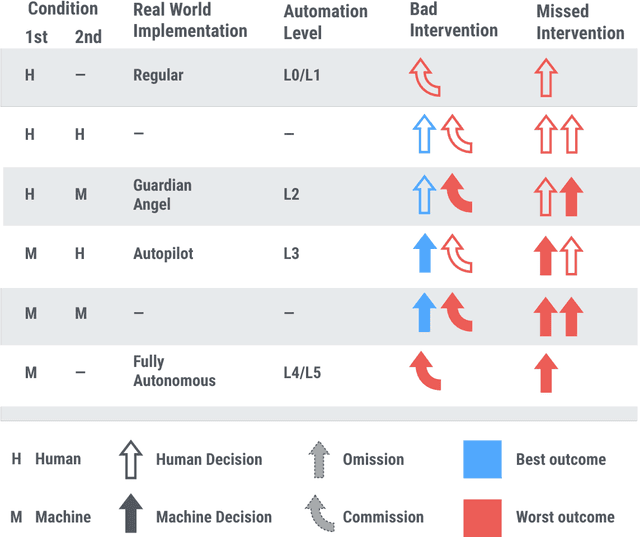
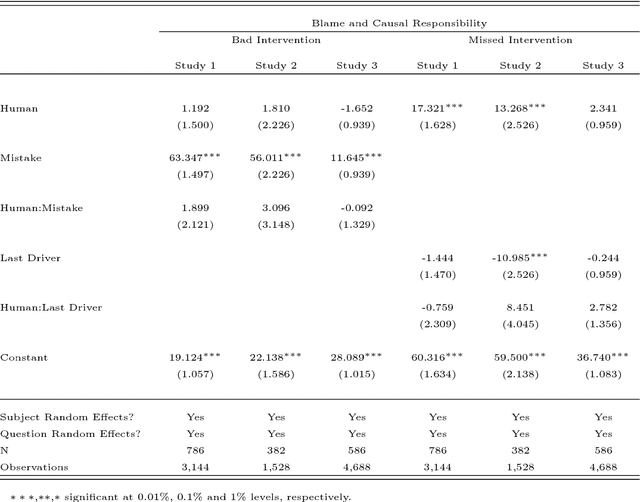
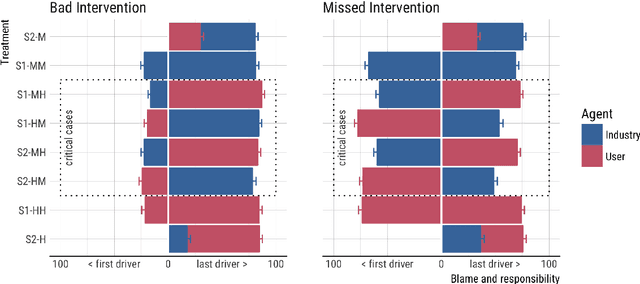
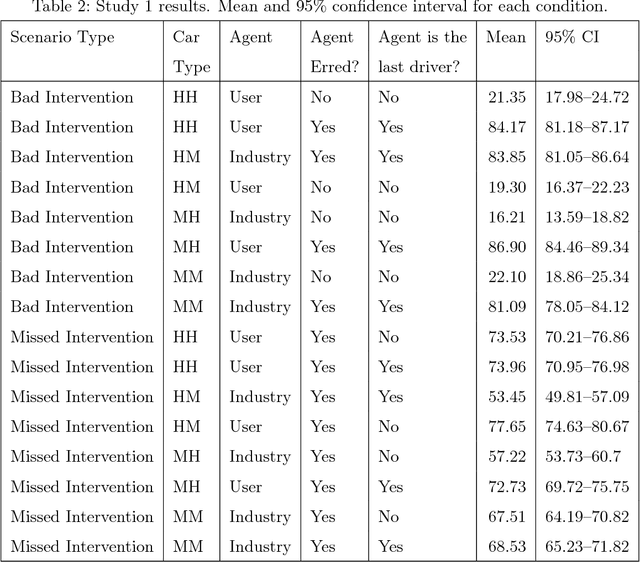
Abstract:When a semi-autonomous car crashes and harms someone, how are blame and causal responsibility distributed across the human and machine drivers? In this article, we consider cases in which a pedestrian was hit and killed by a car being operated under shared control of a primary and a secondary driver. We find that when only one driver makes an error, that driver receives the blame and is considered causally responsible for the harm, regardless of whether that driver is a machine or a human. However, when both drivers make errors in cases of shared control between a human and a machine, the blame and responsibility attributed to the machine is reduced. This finding portends a public under-reaction to the malfunctioning AI components of semi-autonomous cars and therefore has a direct policy implication: a bottom-up regulatory scheme (which operates through tort law that is adjudicated through the jury system) could fail to properly regulate the safety of shared-control vehicles; instead, a top-down scheme (enacted through federal laws) may be called for.
A Computational Model of Commonsense Moral Decision Making
Jan 12, 2018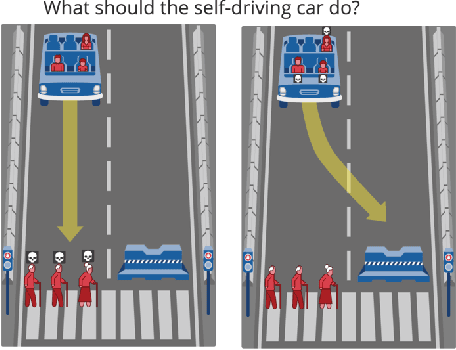
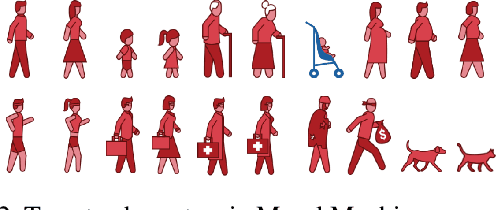
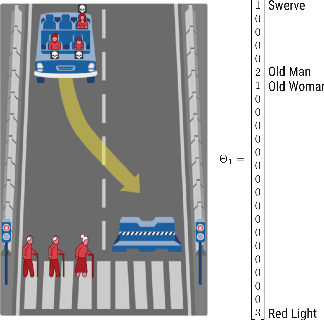
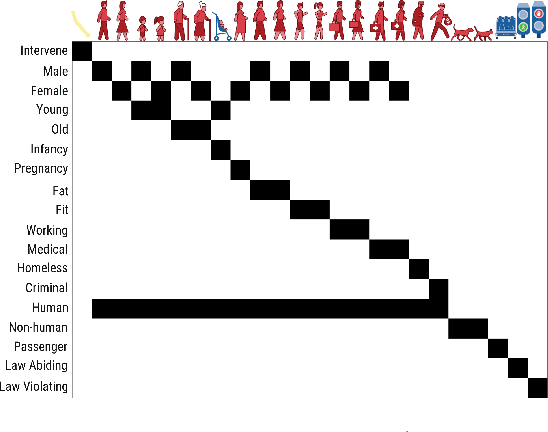
Abstract:We introduce a new computational model of moral decision making, drawing on a recent theory of commonsense moral learning via social dynamics. Our model describes moral dilemmas as a utility function that computes trade-offs in values over abstract moral dimensions, which provide interpretable parameter values when implemented in machine-led ethical decision-making. Moreover, characterizing the social structures of individuals and groups as a hierarchical Bayesian model, we show that a useful description of an individual's moral values - as well as a group's shared values - can be inferred from a limited amount of observed data. Finally, we apply and evaluate our approach to data from the Moral Machine, a web application that collects human judgments on moral dilemmas involving autonomous vehicles.
A Voting-Based System for Ethical Decision Making
Sep 20, 2017
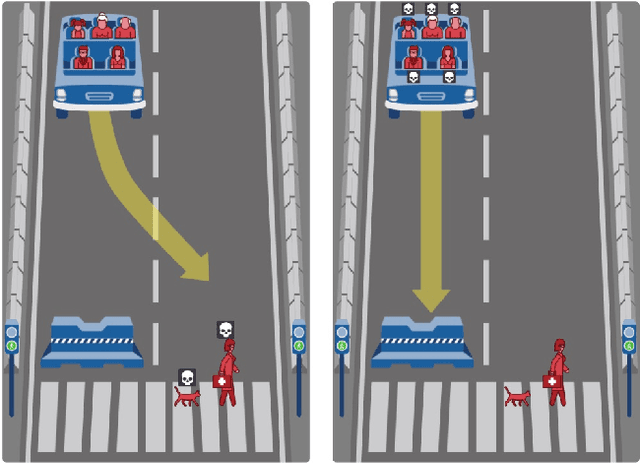
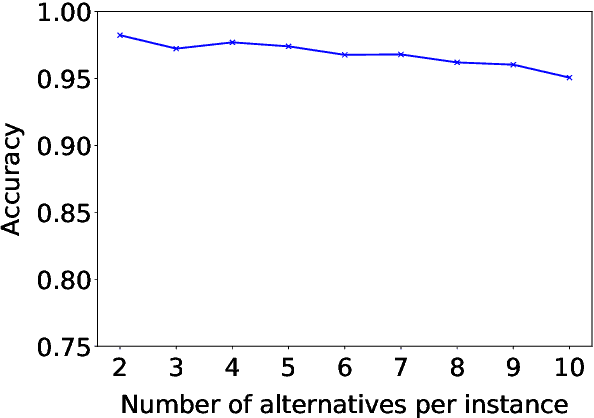
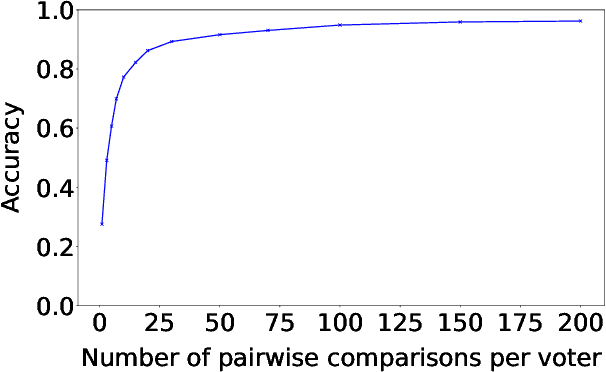
Abstract:We present a general approach to automating ethical decisions, drawing on machine learning and computational social choice. In a nutshell, we propose to learn a model of societal preferences, and, when faced with a specific ethical dilemma at runtime, efficiently aggregate those preferences to identify a desirable choice. We provide a concrete algorithm that instantiates our approach; some of its crucial steps are informed by a new theory of swap-dominance efficient voting rules. Finally, we implement and evaluate a system for ethical decision making in the autonomous vehicle domain, using preference data collected from 1.3 million people through the Moral Machine website.
Pareto Optimality and Strategy Proofness in Group Argument Evaluation (Extended Version)
Apr 07, 2017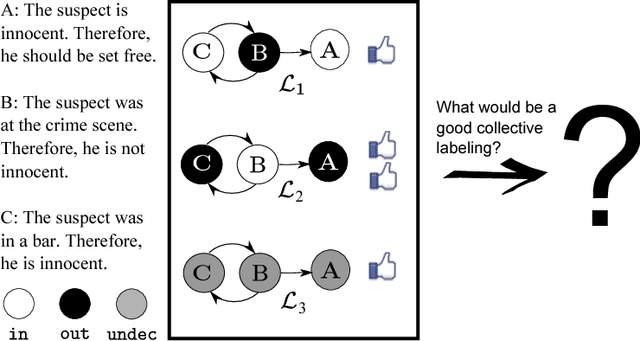

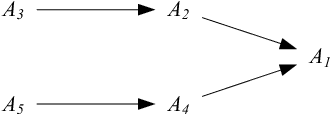
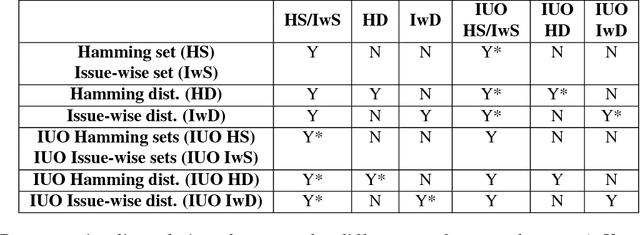
Abstract:An inconsistent knowledge base can be abstracted as a set of arguments and a defeat relation among them. There can be more than one consistent way to evaluate such an argumentation graph. Collective argument evaluation is the problem of aggregating the opinions of multiple agents on how a given set of arguments should be evaluated. It is crucial not only to ensure that the outcome is logically consistent, but also satisfies measures of social optimality and immunity to strategic manipulation. This is because agents have their individual preferences about what the outcome ought to be. In the current paper, we analyze three previously introduced argument-based aggregation operators with respect to Pareto optimality and strategy proofness under different general classes of agent preferences. We highlight fundamental trade-offs between strategic manipulability and social optimality on one hand, and classical logical criteria on the other. Our results motivate further investigation into the relationship between social choice and argumentation theory. The results are also relevant for choosing an appropriate aggregation operator given the criteria that are considered more important, as well as the nature of agents' preferences.
Experimental Assessment of Aggregation Principles in Argumentation-enabled Collective Intelligence
Feb 12, 2017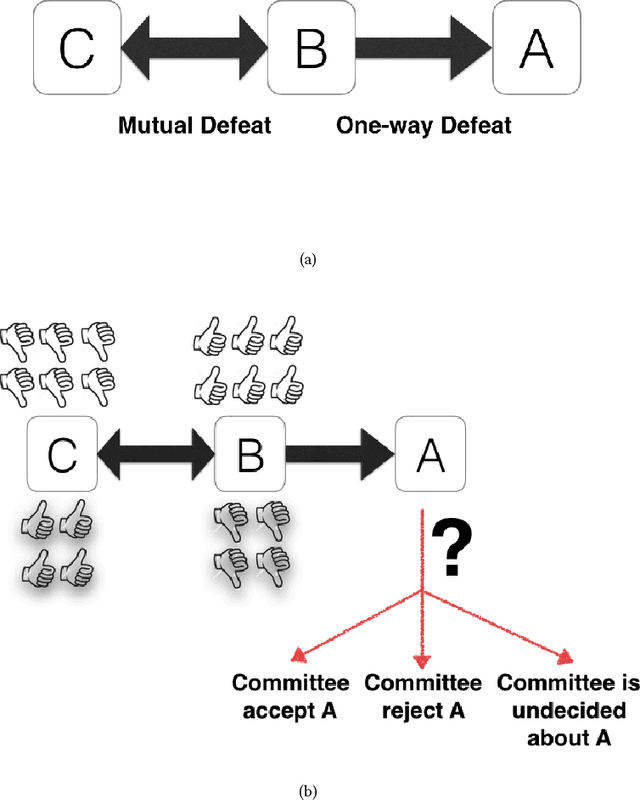
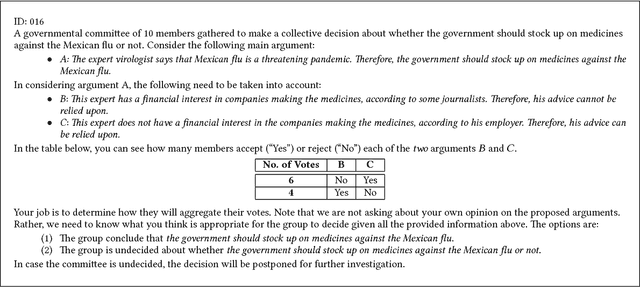
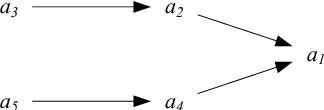
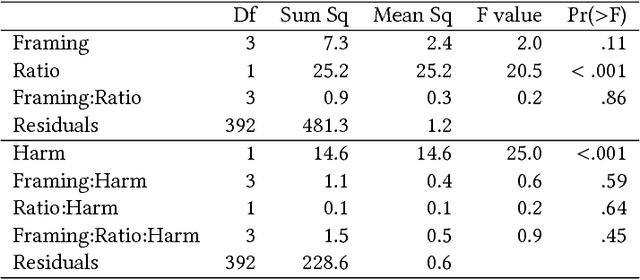
Abstract:On the Web, there is always a need to aggregate opinions from the crowd (as in posts, social networks, forums, etc.). Different mechanisms have been implemented to capture these opinions such as "Like" in Facebook, "Favorite" in Twitter, thumbs-up/down, flagging, and so on. However, in more contested domains (e.g. Wikipedia, political discussion, and climate change discussion) these mechanisms are not sufficient since they only deal with each issue independently without considering the relationships between different claims. We can view a set of conflicting arguments as a graph in which the nodes represent arguments and the arcs between these nodes represent the defeat relation. A group of people can then collectively evaluate such graphs. To do this, the group must use a rule to aggregate their individual opinions about the entire argument graph. Here, we present the first experimental evaluation of different principles commonly employed by aggregation rules presented in the literature. We use randomized controlled experiments to investigate which principles people consider better at aggregating opinions under different conditions. Our analysis reveals a number of factors, not captured by traditional formal models, that play an important role in determining the efficacy of aggregation. These results help bring formal models of argumentation closer to real-world application.
Judgment Aggregation in Multi-Agent Argumentation
Jul 19, 2015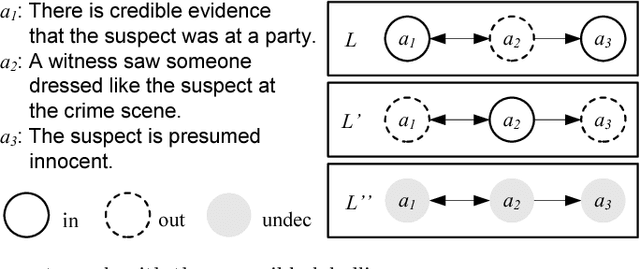
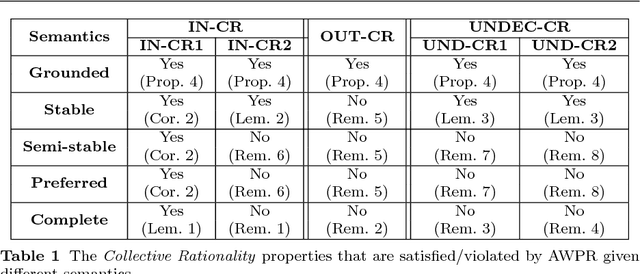
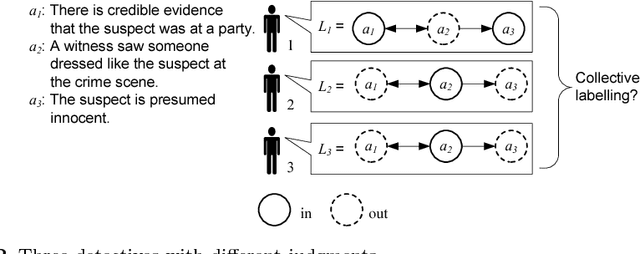
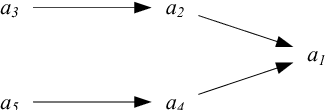
Abstract:Given a set of conflicting arguments, there can exist multiple plausible opinions about which arguments should be accepted, rejected, or deemed undecided. We study the problem of how multiple such judgments can be aggregated. We define the problem by adapting various classical social-choice-theoretic properties for the argumentation domain. We show that while argument-wise plurality voting satisfies many properties, it fails to guarantee the collective rationality of the outcome, and struggles with ties. We then present more general results, proving multiple impossibility results on the existence of any good aggregation operator. After characterising the sufficient and necessary conditions for satisfying collective rationality, we study whether restricting the domain of argument-wise plurality voting to classical semantics allows us to escape the impossibility result. We close by listing graph-theoretic restrictions under which argument-wise plurality rule does produce collectively rational outcomes. In addition to identifying fundamental barriers to collective argument evaluation, our results open up the door for a new research agenda for the argumentation and computational social choice communities.
 Add to Chrome
Add to Chrome Add to Firefox
Add to Firefox Add to Edge
Add to Edge